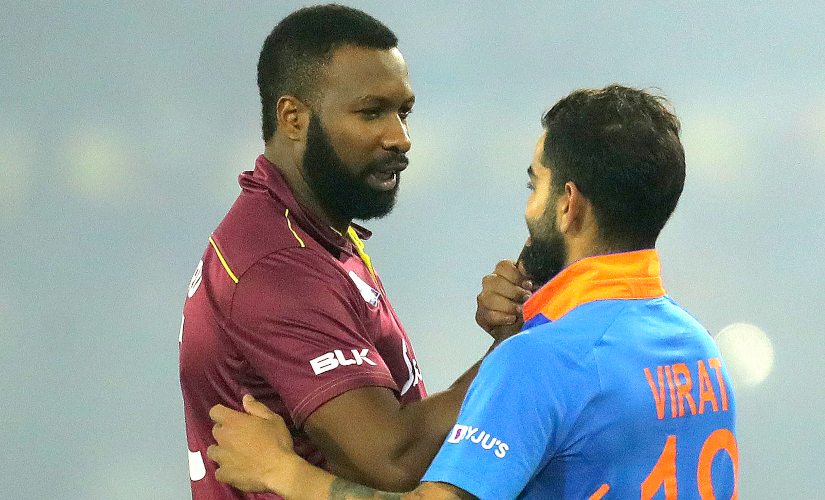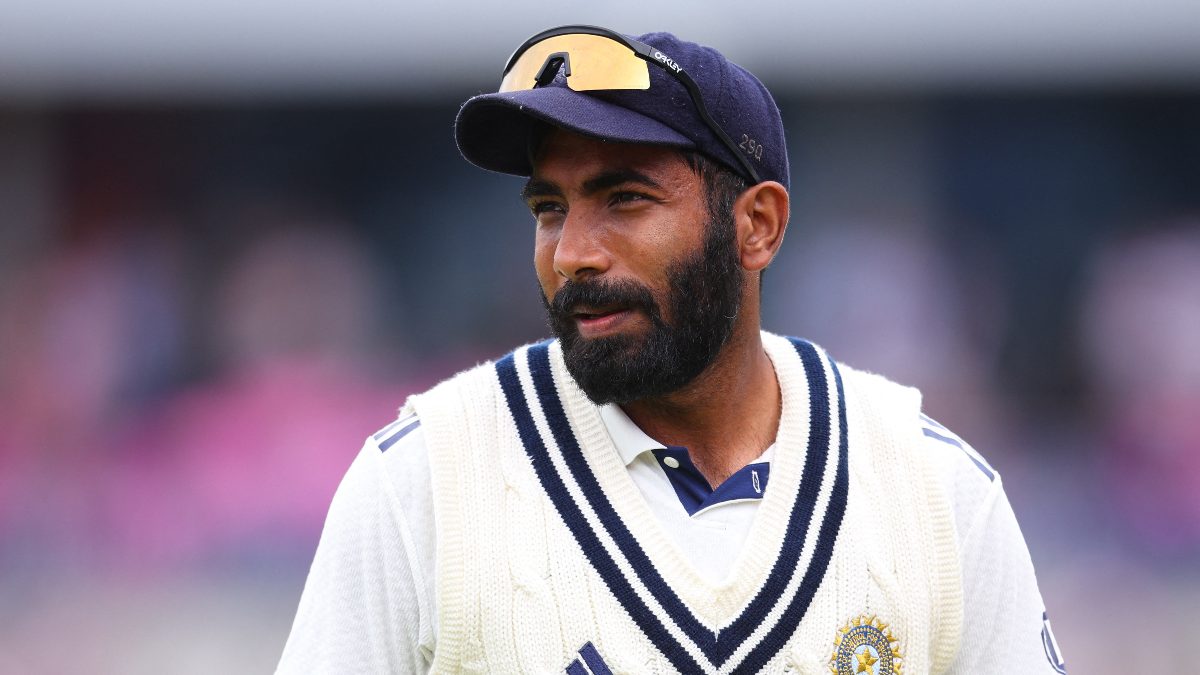Let’s make the West Indies the new Sri Lanka please. Let’s make them the team that tours India so often that we get sick of them. The latter is an unlikely result, with such a likeable bunch of fellows. Strong arms sit well with strong smiles, and long boundaries can’t daunt a team used to long haul flights around the world playing T20. The Windies provided competition (Nicholas Pooran, well played!) and entertainment (Kesrick Williams, I’m looking at you) in equal measure. More of that please, let’s make them the first team we call the next time we have a cancellation. But more importantly, let’s play them more often because they’re good for us.
I know Rohit Sharma is the story of the day but the tired and relieved salute from Cottrell, wound up in time to pat Rohit on the back, is the image of the game for me so far.#INDvWI
— Snehal Pradhan (@SnehalPradhan) December 18, 2019
Remember that lone left hander in your badminton batch? Or that annoying batter in your Sunday cricket scene with the odd stance, the one you could never figure out how to bowl to? That’s what the West Indies are to India: a team so different in style and selection that they can make the Indians to a double take, even at home. They won two T20 World Cups with that style. Cavalier we called it in 2012, but when they repeated it in 2016 we saw it for the calculation it was. Belligerence from overs one to 20, treating the format as an all-out sprint, not a 400M race where you pace yourself. In the process they redefined T20 cricket, compiling a formula sourced from the various T20 Leagues over the world. And that flavour has leaked into their ODI play as well. Consider how fast they have scored in ODIs in 2019, cruising through the year at 5.98 RPO. Only World Champions England scored at a better rate in the fifty over format. Just to illustrate how foreign this approach is, the Windies also outscored the other three semifinalists of the World Cup, including India, who are placed fifth. [caption id=“attachment_7820471” align=“alignnone” width=“825”]  West Indies gave India a run for their money in both T20I and ODI series. AP[/caption] It’s not just how fast they scored, but also how. The emphasis on six hitting in T20 has long been apparent, but even in ODIs, four of the top six hitters in 2019 are West Indian. In their approach to bowling too, they have remained divergent; while the rest of the world turned to every wrist spinner they could find, the Windies built a strategy from their strength, a four pronged pace attack using the short ball as their stock ball in the World Cup, not the surprise weapon. While they over-attacked in the World Cup, they now have more stability with Pollard’s inclusion and leadership. Faced with this kind of a team, India have had to adapt. Only Kohli’s aggro-miracle knock in the first T20I at Hyderabad prevented the Windies drawing first blood, and I wrote that Kohli’s uncharacteristic attempts to slog from ball one were a recognition that he and his team would have to do something different in this series. Some of those differences were arranged by providence: the return of KL Rahul to the opening slot, where he has done enough to keep Shikhar Dhawan out of the T20Is at least. And some adaptations were by design: the promotion of Shivam Dubey to No. 3, a place where I wager we will see the player who Dubey is a placeholder for, Hardik Pandya. Even in the ODIs, the Windies’ weaker format, they showed that India’s approach of getting to a par score and then relying on their spinners to defend it would not always work. A par score is not enough if your opposition is geared to race past the finish line without compromising stability, and that is exactly what Shai Hope and Shimron Hetmeyer did in Chennai. India then had to find superlative scores, which Rohit Sharma and KL Rahul then provided in Vishakapatnam, to even out the Windies’ winning position. The Windies left with the same white-ball scorelines as the other tourists, but gave India more headaches; a young South Africa won only the one game that Kohli decided to experiment in, and even though Bangladesh won one T20I, there was an inevitability to their series defeat. But the Windies pushed India, in a way that the other two didn’t, and no touring team will this season. With Australia and their predictable excellence, the odd loss is expected. With the Windies, there is a fear of failure, not just because they are ranked 9th in ODIs and 10th in T20Is, but also because on their day, they can make any team look like the minnow. December is a month of reflection, and planning for the next 12 months, and India could have had no better New Year’s gift. With their eyes on the T20 World Cup next year, India can take many takeaways from this series, most importantly the need to be prepared to beat different kind of opponents. Sometimes at their own game. The author is a former India cricketer, and now a freelance journalist and broadcaster. She hosts the YouTube Channel, ‘Cricket With Snehal’, and tweets @SnehalPradhan


)

)
)
)
)
)
)
)
)



